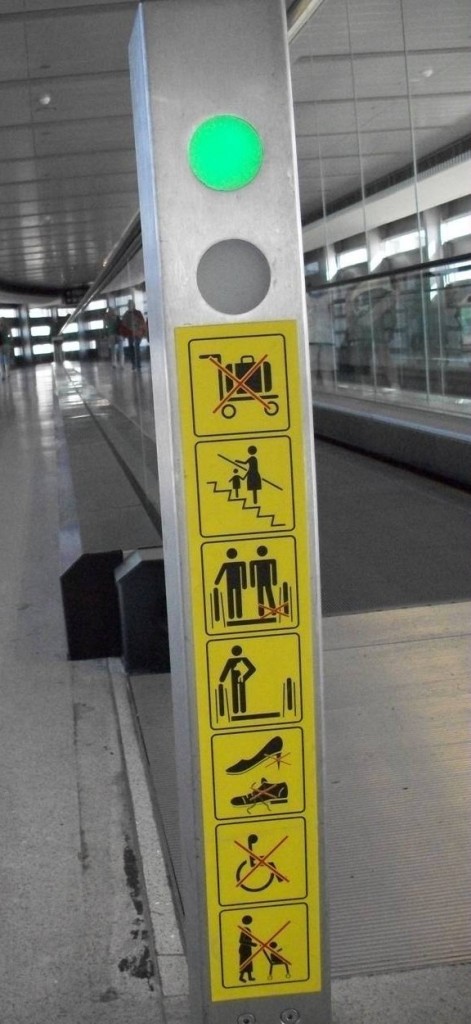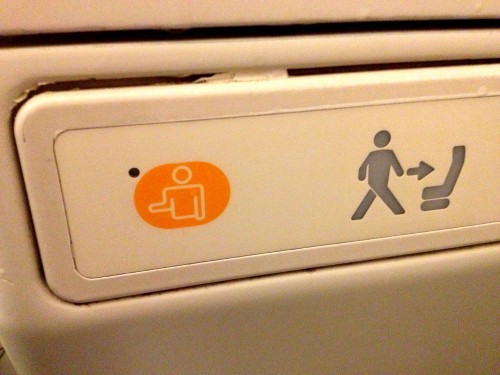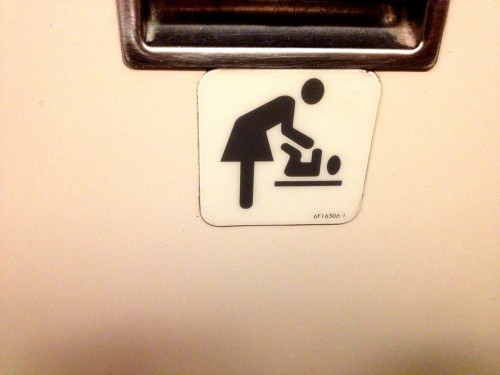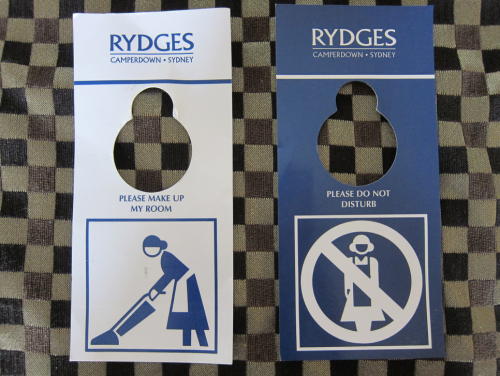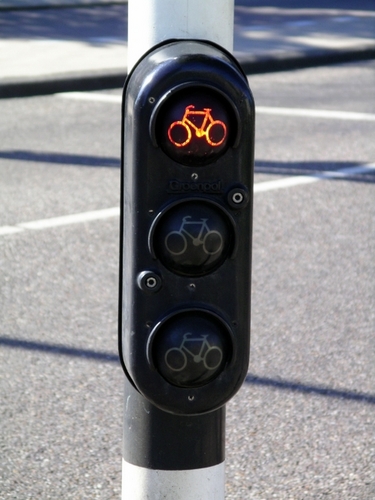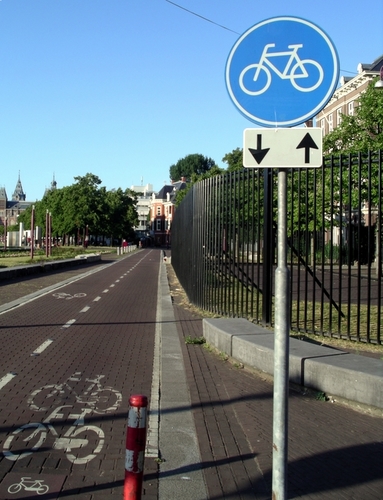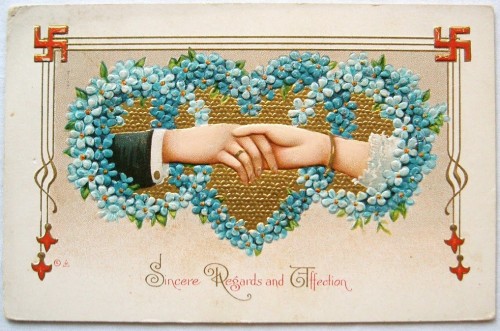Cross-posted at The Huffington Post.
One of our Pinterest boards collects images that reveal that men are the “neutral” sex in contemporary Western cultures. This means that (1) the image that pops up in our minds when we say “person” or “human” or “worker” is usually implicitly male, (2) non-sexed representations of people are usually assumed to be male (e.g., cartoon animals appear female to us unless we slap on eyelashes and lipstick), (3) items for sale often get marketed as either “item” or “women’s item” (e.g., “deodorant” and “women’s deodorant”), and (4) men and male bodies get to stand in for humanity (e.g., in scientific research).
Instances of this phenomenon have been a fun series on the blog; we featured another one just this past weekend, on how (not) to write obituaries. Then today SocImages Contributor Philip Cohen sent along another great example that we couldn’t resist sharing. The graphic below, released by Bloomberg Business Week, is meant to help us understand who is in and out of the labor force. While 3% of Americans want to work but can’t find a job, large proportions are also permanently or temporarily out of work on purpose: they’re retired, in college, in the military, disabled, or a stay-at-home parent.
For our purposes in this post, what’s interesting is the way they illustrate the categories. See what you see:
In all cases but one, the stick figured is either non-sexed and therefore implicitly male (e.g., the newspaper reader and the disabled) or explicitly male (the business-suited full-time employees, the mustachioed retiree). The one exception, of course, is for the stay-at-home parent. Suddenly the stick figure is a female. We see this all over. As soon as parenting or housework is involved, all those neutral/male stick figures sprout skirts.
Now, to be fair, 97% of stay-at-home parents are female, but so is 50% of the American workforce. You wouldn’t guess so, however, by this graphic. Also, for what it’s worth, it doesn’t have to be like this.
Lisa Wade, PhD is an Associate Professor at Tulane University. She is the author of American Hookup, a book about college sexual culture; a textbook about gender; and a forthcoming introductory text: Terrible Magnificent Sociology. You can follow her on Twitter and Instagram.





